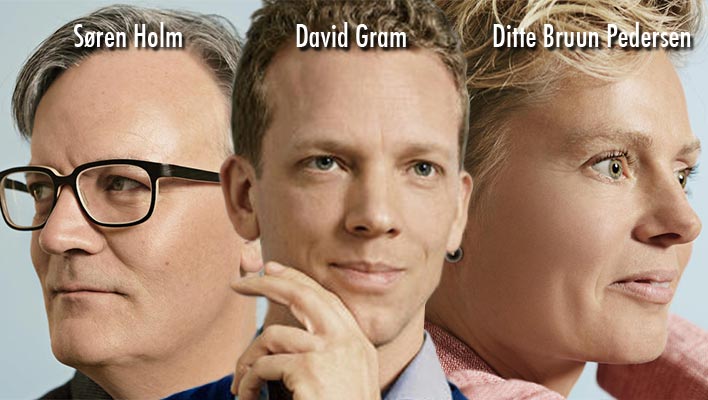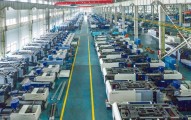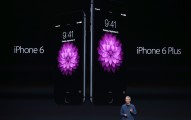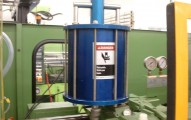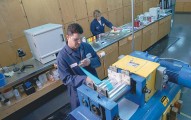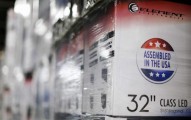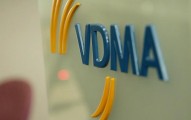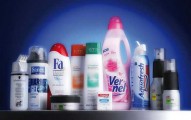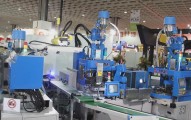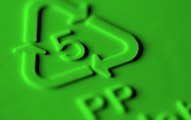How Lego Became the Apple of Toys
Every September, largely unbeknownst to the rest of the company, a group of around 50 Lego employees descends upon Spain’s Mediterranean coast, armed with sunblock, huge bins of Lego bricks, and a decade’s worth of research into the ways children play. The group, which is called the Future Lab, is the Danish toy giant’s secretive and highly ambitious R&D team, charged with inventing entirely new, technologically enhanced “play experiences” for kids all over the world. Or, as Lego Group CEO Jørgen Vig Knudstorp puts it, “It’s about discovering what’s obviously Lego, but has never been seen before.”
On a Tuesday morning, the group is gathered in a book-lined room just off the pool at the Hotel Trias, in a sleepy town called Palamós, where they’ve met each of the last six years. There are bespectacled dudes in futuristic sneakers, a small cohort of stylish blonde women, and a much larger contingent of techie millennial guys in superhero T-shirts, all filling rows of folding chairs. At the front of the room, Erik Hansen, a tall, professorial member of Future Lab’s leadership team, is running through the week’s planned activities, which include extensive brainstorm sessions and a field trip to Barcelona (visiting the telecom giant Telefónica and some local design firms). He presents the agenda with a sober, vaguely robotic tone that makes what he does next surprising. As he brings the proceedings to a close, he asks, brightening, “Is everybody feeling awesome?” The team laughs and applauds, Hansen hits play on a laptop and, suddenly, every single member of the Future Lab team joins in with summer-camp enthusiasm to sing a song seared into the memory of everyone who made last year’s The Lego Movie a $468 million global hit. On the off chance you aren’t one of them, it goes like this:
Everything is awesome!
Everything is cool when you’re part of a team!
Everything is awesome!
When we’re living our dream!
In the movie, the song is used satirically. The Lego people living in a Lego world sing it because they’ve been brainwashed by an all-powerful corporation to mindlessly—but joyfully—accept a prepackaged set of beliefs and desires, including adamant rule-following. It is, as the film goes on to demonstrate, the opposite of the free-range creativity that’s made Lego’s toys beloved by kids and their parents for decades, and it’s a slightly ironic choice for the meeting today. But taken at face value it’s an effective team-building exercise, and the Future Lab can definitely use the boost, because their job is hard.
In the last 10 years, Lego has grown into nothing less than the Apple of toys: a profit-generating, design-driven miracle built around premium, intuitive, highly covetable hardware that fans can’t get enough of. Last year, fueled in part by The Lego Movie’s Pixar-size popularity, the privately held company briefly surged ahead of rival Mattel to become the biggest toy manufacturer in the world, reporting first-half profits of $273 million on revenue of $2.03 billion. It’s a remarkable achievement, particularly considering that Mattel makes a huge range of products—including Barbie, Hot Wheels, Fisher-Price, and even the Lego knockoffs Mega Bloks—while Lego mostly sticks to variations on a single toy. The company has recently moved beyond its core markets of Europe and North America with a major push into Asia, where it saw double-digit growth in 2013. A brand-new manufacturing and distribution center in China is being built solely to meet growing demand on that side of the planet. “It’s a very simple idea,” says Knudstorp. “All bricks are complementary. They all fit together. Which creates a system that you can be endlessly creative in.”

